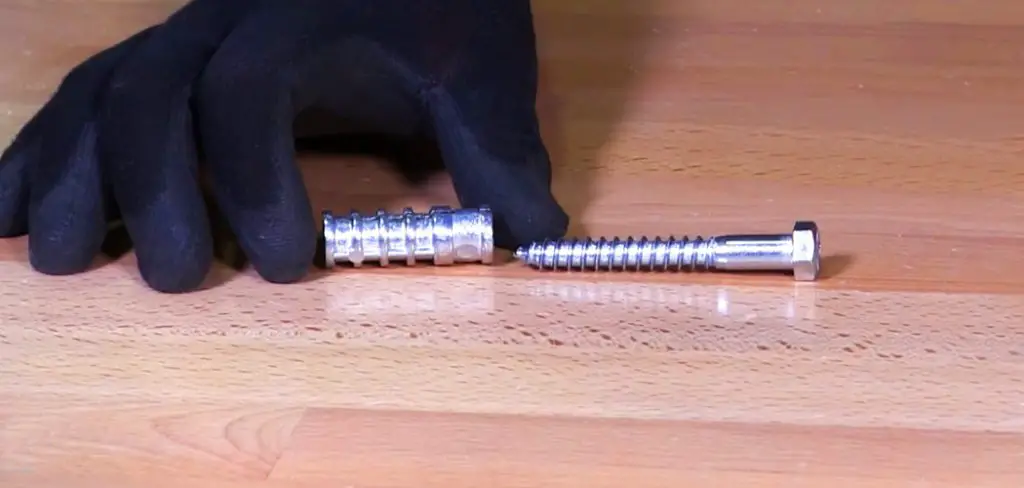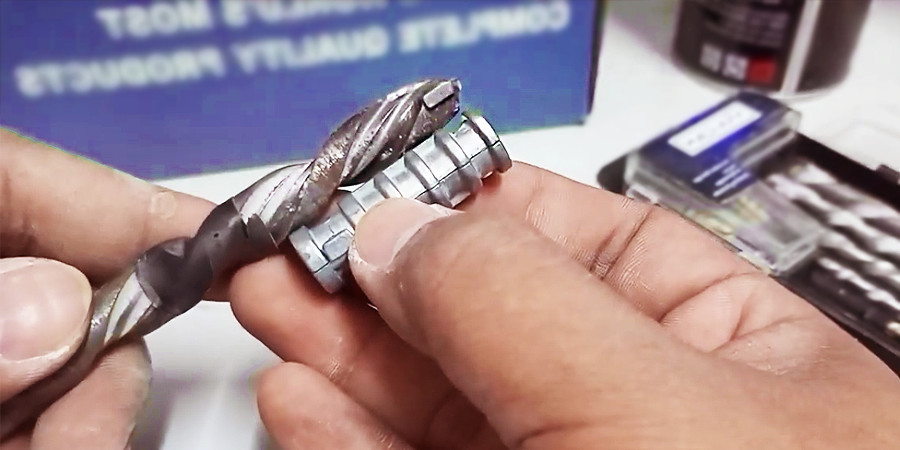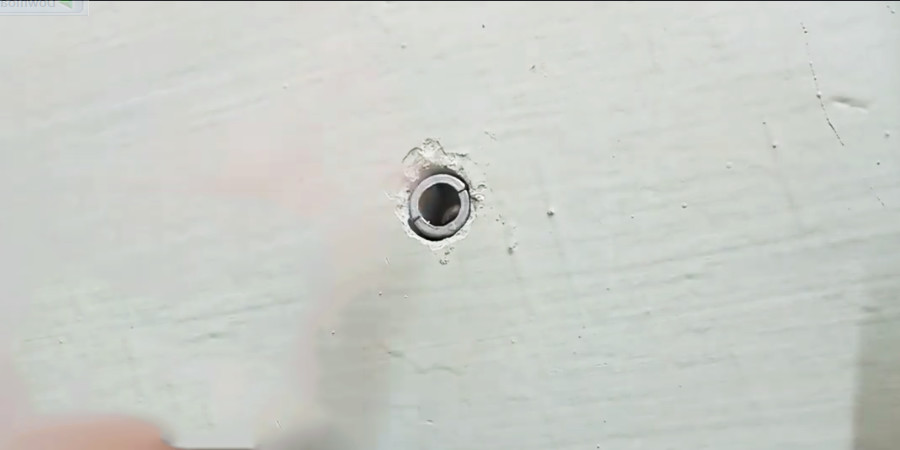Greetings, readers! If you have come to this website seeking knowledge about Lag Shield, then you are in the right place. Here, I have compiled all the necessary information about the product so that you can get the answers you are looking for. So, let’s get started!

Introduction to Lag Shield
The Lag Shield acts in much the same way as other anchors. It is effective in securing Concrete walls, Hollow walls, Wooden Walls, Plaster, and Drywall and is typically constructed from Zamac alloy material. This shield provides extra protection when used with certain screws.
Size, Pilot Hole Bit Size & Maximum Pull-Out
The weight the log shield anchor holds will depend on the size of the anchor and the type of concrete it is being used in. Generally, the larger the anchor, the more weight it can hold. In 2000 PSI concrete, the ultimate load values (approximately) for various sizes of log shield anchors are as follows:
| Size | Pilot Hole Bit Size | Maximum Pull-Out (lbs.) |
|---|---|---|
| 1/4” (Short) | 1/2” | 150 |
| 1/4” (Long) | 1/2” | 225 |
| 5/16” (Short) | 1/2” | 236 |
| 5/16” (Long) | 1/2” | 281 |
| 3/8” (Short) | 5/8” | 442 |
| 3/8” (Long) | 5/8” | 555 |
| 1/2” (Short) | 3/4” | 600 |
| 1/2” (Long) | 3/4” | 1095 |
| 5/8” (Short) | 7/8″ | 641 |
| 5/8” (Long) | 7/8″ | 1297 |
| 3/4” (Short) | 1″ | 697 |
How Does a Lag Shield Work?
Lag Shield appears to be a simple fastener, but its functionality is far more impressive. This shield is made of a hollow Zamac alloy held in place using screws that expand and tighten it into the pre-drilled holes. This makes it a secure and dependable anchor to use.
Lag Shield Anchor Installation Guide
Installing a lag shield is not a difficult process, but paying attention to all the steps of it is still important to ensure everything is noticed.
Here, I will provide an overview of the installation process.
Necessary Equipment:
- Carbide drill bit
- Hammer drill/regular drill
- Hole brush cleaning
- Lag shield anchor
- Marker pen
- Hammer
Step 1 – Mark with Pen & Drilling
Your first and primary task will be to mark the designated areas accurately with a marker pen and then use the provided tools with a drill machine box.
Set the drill bit in place using a hammer drill or regular drill. Consider the size of the Lag Shield, then start drilling and tape the drill bit to create the right-sized pilot hole.

Step 2 – Clean the Debris
It is not advisable to insert the Lag Shield into the hole immediately after drilling, as the hole may contain dust that has yet to be cleared. In order to ensure that the Lag Shield fits securely into the hole, it is important to clean the hole before insertion.
Step 3 – Place the Lag Shield
Once the area is cleaned, a lag shield should be installed to check if it is properly seated in the hole. It should be flush with the concrete, and a hammer may be needed to ensure it is properly secured. If the lag shield does not sit flush, it could indicate that there is still debris in the hole or that the size of the lag shield is incorrect.

Step 4 – Install Lag Screw or Bolt
For your last step, you must install a lag screw or bolt on the lag shield depending on the requirement. Ensure that the lag shield is stable after the screw or bolt is secured, as any movement indicates that the installation was unsuccessful.
Conclusion
Now that you know about Lag Shield Anchors, why not share this information with your friends and family? Comment below to let us know what you think, and remember to share this article with your friends and family on social media so that they can learn how to use this effective anchoring system. Thank you for reading!
Are Lag Shields Removable?
The lag screws or bolts can be removed from the lag shields, making it easier to remove them from the concrete using a screwdriver or hammer can be used. If it does not work, drilling can be used to loosen the shield.
Can Lag Shields Be Used for Wood?
Lag shields can be used on wood, although they are mainly used on concrete. Installation is done in the same manner regardless of the material. However, caution should be taken when using lag shields on raw wood or trees, as the area may dry out and cause the lag shield to become loose over time.
Are Lag Shields Available in Stainless Steel?
Unfortunately, lag shields are not typically available in stainless steel due to their extra hard nature; they are only available in Zamac alloy.
Read More:
